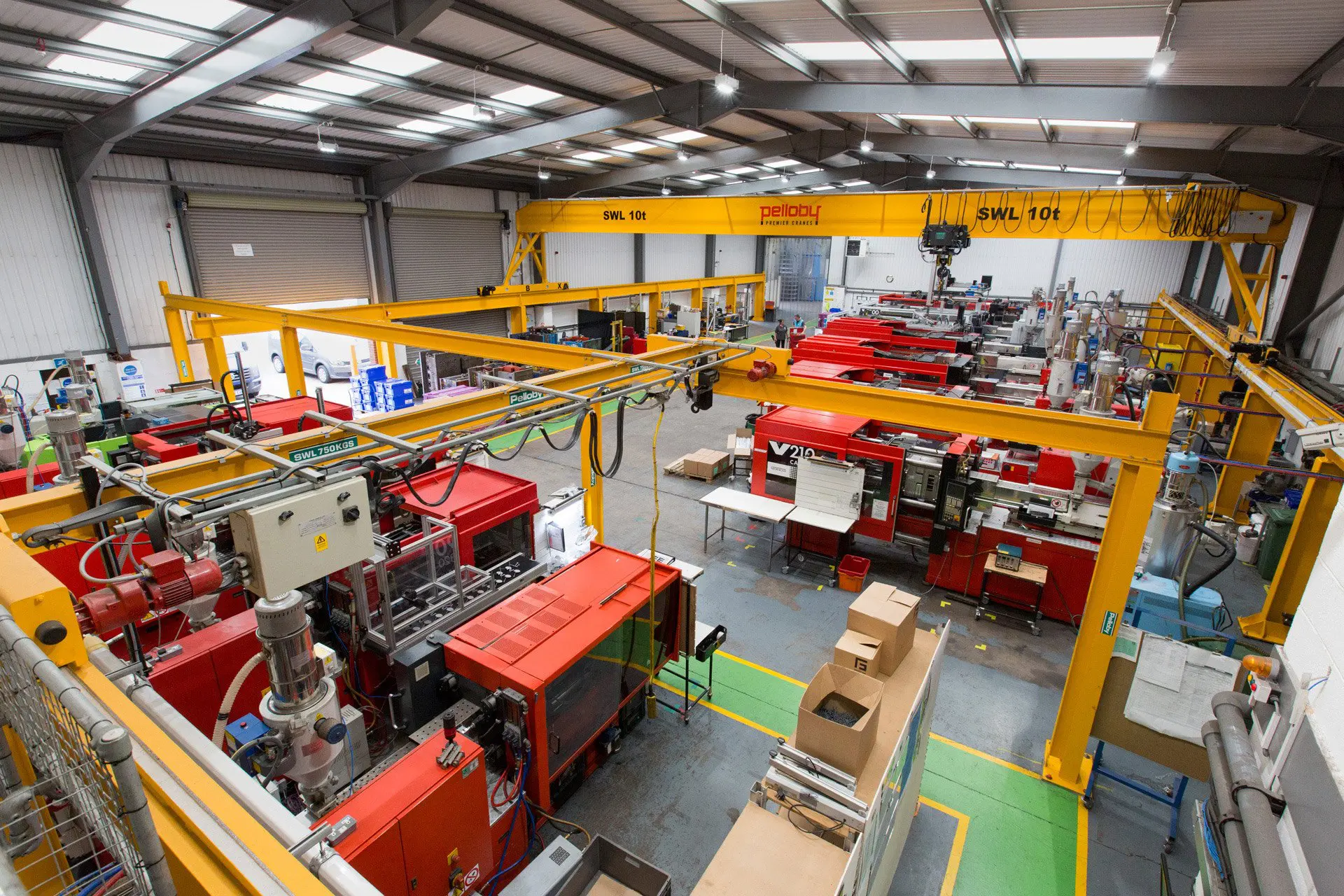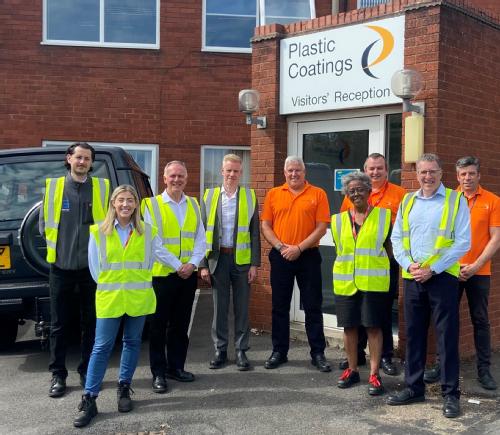Success Story
WMG supports Goodfish on its sustainability journey
Goodfish Group have benefited from WMG’s Net Zero Innovation Network with a tailored project focused on helping them achieve their Net Zero goals.
Background
Goodfish Group is the UK’s leading privately-owned contract manufacturer of plastic and composite components. Its expertise in injection-moulding, extrusion, vacuum-forming, and tooling has been developed through successive acquisitions of leading companies in each discipline.
The group has partnered with WMG at the University of Warwick over the last ten years to work on new product and process development and most recently were one of the first companies to benefit from a new Net Zero Innovation Network which was set up to support SME manufacturers achieve their Net Zero goals.
Challenge
Goodfish were keen to map their current waste streams to identify opportunities where they could reduce emissions and increase their environmental, financial, and social sustainability. They recognised that the St Asaph site was the least mature in terms of sustainability, therefore asked the WMG team to focus on this site initially.

Solution
WMG undertook a Factory walk at St Asaph to identify the waste streams on site in terms of internal waste generation (extrusion and injection moulding) as well as external. They examined waste across Scope 1, 2 and 3 emissions*. Recommendations were then made via the 5R model which helps companies see where they can reduce waste, recycle, reuse, recover or ultimately refuse or prevent the waste happening in the first place.
Goodfish were advised to start making cultural changes within the organisation to encourage better monitoring of wasteful practices and to understand which machines were most energy intensive. WMG suggested using reusable packaging, finding more local recycling facilities, and reusing waste material for new products. They also suggested implementing thermal insulation jackets on injection moulding machines which on a 500T clamp force machine for example could offer a 13% energy saving over a 13-hour shift.
Impact
- Since joining the WMG cohort, Goodfish have taken significant strides forward with their waste reduction activities.
- They have invested approximately £70k in monitoring equipment to enable visibility of energy usage of all machinery across all three sites. With such granularity, they can make changes and updates to machines for optimal energy usage.
- They implemented the insulation jackets on 70 injection moulding machines which has saved 20% on monthly energy consumption
- They are now able to attribute the carbon footprint or CO2 equivalent for each product/part made, which has boosted their sustainability credentials with their clients
- They are now implementing total preventative maintenance and staff training programmes across the group to make even more savings

Guy McDonald, Director and Business Transformation Manager at Goodfish said:
“The NZIN programme was useful to meet other business leaders on similar journeys and to understand the Net Zero requirements from an OEM’s perspective, in this case Polestar.
At Goodfish, data is the bedrock of all that do we in terms of energy efficiency. We pretty much know where all the energy hotspots are in the business now and can therefore make targeted changes to boost our Net Zero credentials going forward.”
WMG’s Net Zero Approach
WMG’s Net Zero Innovation programme brings businesses together to gain knowledge about sustainable manufacturing processes, implement change and grow. As well as offering events, workshops, and a best practice visit to a company already implementing sustainable approaches, participating companies also benefit from a tailored project, Net Zero assessment and roadmap report.
For more information about joining a cohort email: wmgsme@warwick.ac.uk
*Scope 1 emissions are the Green House Gas (GHG) emissions that a company makes directly — for example while running its boilers and vehicles.
Scope 2 emissions are the emissions it makes indirectly – like the electricity or energy it buys for heating and cooling buildings, which is being produced on its behalf.
Scope 3 emissions are all the emissions associated, not with the company itself, but those that the organisation is indirectly responsible for, up and down its value chain. For example, from buying products from its suppliers, and from its products when customers use them.
